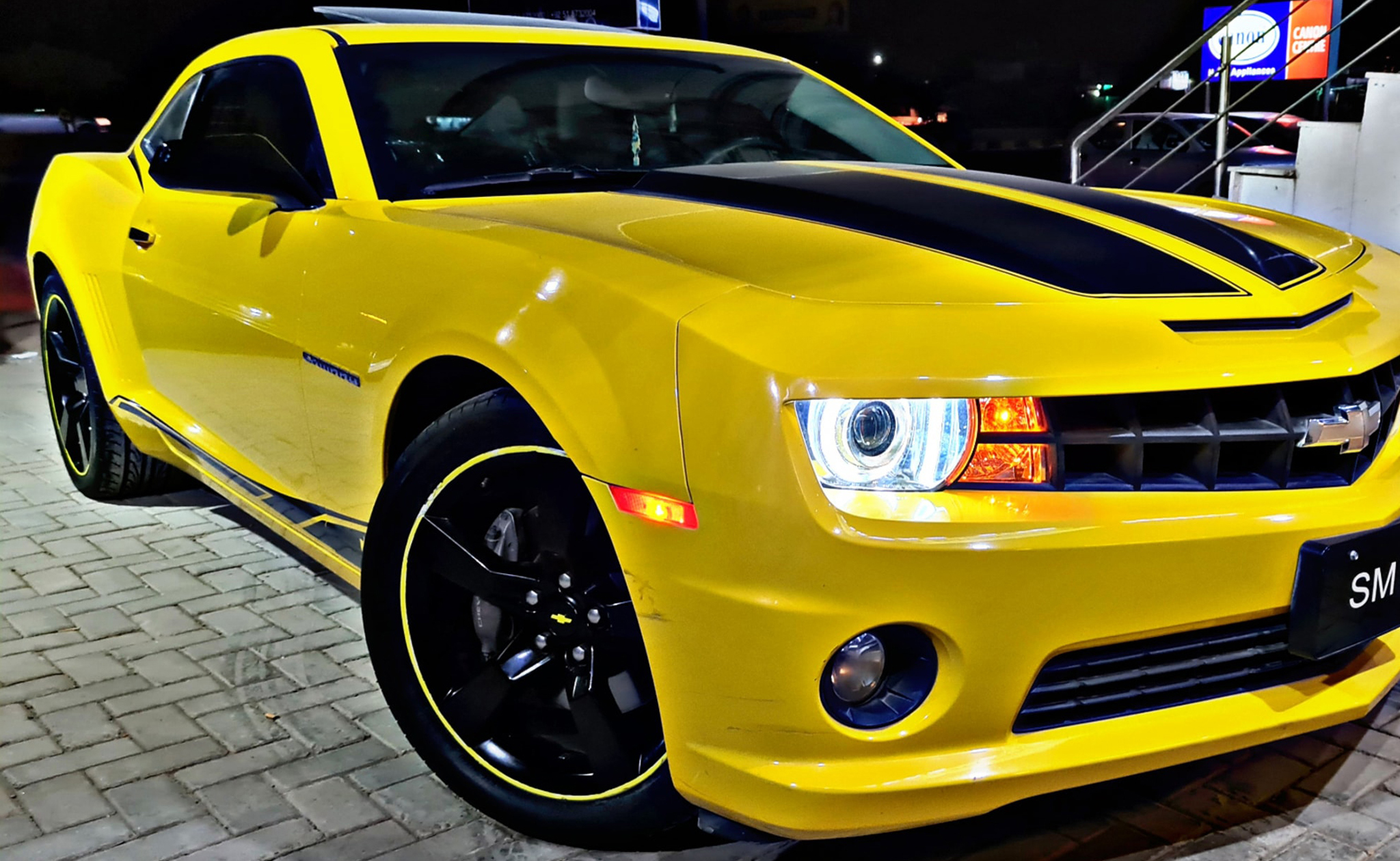For ultimate grip and performance control

Choosing the right tyre depends on your vehicle, your driving style and the road conditions you’ll be driving in. All of our tyres meet different tyre performance criteria in multiple conditions, so you can focus on picking the tyre that’s right for your needs.
Be sure to take your driving style into account when choosing tyres. If you make frequent long journeys, finding an economical tyre that gives you the most mileage should be a consideration. If you have a sportier driving style, consider tyres with good cornering grip. Evaluating the performance characteristics of a tyre will help you find a tyre that better suits your style.
OE (original equipment) tyres are those that are fitted on your car at the factory by the vehicle manufacturer. When selecting OE tyres, vehicle manufacturers usually choose one that will serve the widest range of buyers. There may be further recommendations for replacement tyres in your owner’s manual. Typically, the OE tyre will be well suited to your vehicle, but you should also consider alternatives.
Our products have been fitted to these vehicle models perfectly
AUDI A6
BENZ AMG E350
BMW 730Li
BENZ AMG E250
HONDA CIVICX
TOYOTA COROLLA
CHEVY CAMARO
KIA SPORTAGE
While it’s impossible to tell exactly how long your tyre will last or how much fuel it can help you save, business specialist at Crowntyre can advise you on the best value tyre for your driving needs and budget.
Here’s a list of the tyre performance criteria terms of a vehicle or tyre’s braking, accelerating, handling and traction, that you’ll normally come across when looking for a new tyre and what they mean.
How well the tyre holds when taking corners
When is it important?
When you’re driving on winding roads
How easily a tyre rolls across a surface
When is it important?
If you’re trying to reduce your fuel
consumption
How your tyre responds to steering and braking
When is it important?
All the time
The ability of a tyre to shed water and retain its grip on wet roads
When is it important?
When you’re driving in the rain or on wet roads
A tyre that allows you to keep driving after a puncture or flat tyre, for up to 80 km at a maximum speed of 80km/h
When is it important?
When you get a puncture or flat tyre and need to continue driving on to a safe place to change the tyre
The tyre’s road adherence and braking ability on a wet surface
When is it important?
For steering, stopping, and overall control of your vehicle on wet surfaces
The tyre’s road adherence and braking ability on a dry surface
When is it important?
For steering, stopping, and overall control of your vehicle on dry surfaces
A tyre’s ability to absorb shocks and bumps or other irregularities on the road
When is it important?
When you want to feel the car, not the bumps on the road
The external noise a tyre produces contributes to noise pollution in the surrounding environment. A tyre that produces low internal noise will keep things quieter inside the car
When is it important?
When you want a quiet journey for you and those around you
The distance it takes for a vehicle to come to a complete stop after brakes are applied
When is it important?
On all road surfaces
An indication of the usable life of a tyre. A “high mileage” tyre is typically longer lasting
When is it important?
All the time
A tyre’s performance regarding acceleration, braking, cornering and traction under snow and ice conditions.
When is it important?
When you are driving in challenging conditions in winter.







